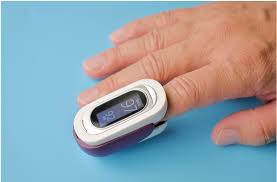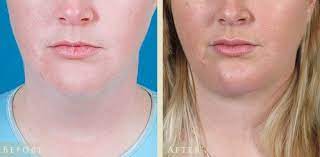
Pulse Oximetry: A Vital Tool for Monitoring Oxygen Levels
Pulse oximetry is a noninvasive method to measure o2 ranges with your blood. It is a simple method that will help medical professionals assess how well your body is receiving fresh air. Fresh air is required for your body to perform effectively, and absence of air can bring about severe health problems. In this posting, we will explore at length about pulse oximetry, the way it works, when it’s needed, and what the outcomes imply for our own overall health.
How does pulse oximetry operate?
pulse oximetry reading is a basic examination that utilizes a medical gadget known as a pulse oximeter. The detector of the pulse oximeter usually clips onto a finger, toe, or earlobe. It shines two beams of light-weight, one red-colored and the other infrared, from the bloodstream within your finger or earlobe. Fresh air-abundant hemoglobin absorbs the red-colored light-weight, whilst oxygen-very poor hemoglobin soaks up the infrared lighting. The indicator measures the light transferred using your tissue and calculates your oxygen saturation stage, which is a percentage in the greatest level of o2 your blood can have.
When is pulse oximetry required?
Pulse oximetry is a critical resource in numerous healthcare configurations, such as medical facilities, unexpected emergency spaces, and ambulances. It is also employed in detecting and keeping track of different medical ailments for example asthma, persistent obstructive pulmonary illness (COPD), pneumonia, and lung diseases. Apart from this, pulse oximetry is also utilized during surgery and then in extensive attention devices to keep track of the patient’s air saturation ranges.
What perform the results mean?
Typically, a person’s oxygen saturation degree falls between 95 and 100 %. Nevertheless, in many medical conditions, the o2 saturation levels may decline below 90 %, indicating a lack of fresh air inside the body’s tissues. In such a circumstance, the health-treatment professional may need to intervene to increase the blood vessels fresh air ranges. However, it is worth noting that low air saturation degrees will not be always an indication of a health-related crisis.
Benefits of pulse oximetry:
Pulse oximetry is a noninvasive, simple, and fast analyze that can be done without demanding a lot of devices. It can be used in patients of any age, from neonates to old adults. It’s also a necessary resource in distant places, in which research laboratory exams and gear might be limited, assisting doctors and nurse practitioners assess the patient’s problem or fresh air saturation amounts, that can help decide if the person requirements additional medical intervention.
Simply speaking:
Pulse oximetry is an essential resource that permits medical professionals to keep track of oxygen amounts in people easily and accurately. It’s a noninvasive and uncomplicated analyze, rendering it a great tool in examining air saturation degrees and detecting health issues. For an affordable and transportable test, it is additionally a essential asset in far off locations in which medical services are restricted. Not enough o2 within your body can bring about serious health issues, emphasizing the significance of making use of pulse oximetry being a diagnostic tool within both emergency and non-unexpected emergency health-related conditions.



